May 19, 2025 | 10:27 GMT +7
May 19, 2025 | 10:27 GMT +7
Hotline: 0913.378.918
May 19, 2025 | 10:27 GMT +7
Hotline: 0913.378.918
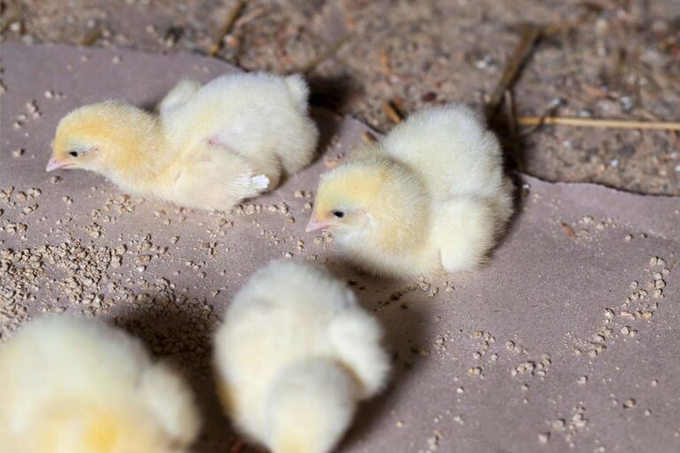
By 2030, it is expected that Russian genetics could represent 25% of the country's poultry meat production. Photo: Canva.
The construction of the new complex in the Chelyabinsk Oblast has already started, the Russian Agricultural Ministry said in a statement in February. The 3.5 billion rouble (US$32 million) project is carried out by private Russian agricultural firm Sitno in cooperation with scientists from All-Russian Research and Technological Institute of Poultry Farming, engaged in developing the new crossbreed.
The facility designed to breed 1 million chicks of parent flock per year is due to release the first marketable products in 2025, the Ministry indicated.
Smena 9 is the first domestic crossbreed developed in Russia since the Soviet times. It was registered for commercial use in 2020, though the field trials of its productivity are still ongoing.
By 2030, Russian genetics should represent 25% of the country’s poultry meat production, Dmitry Patrushev, the Russian agricultural minister, unveiled during an industry conference in early February. The first Smena 9 genetic centre was put into operation in the Moscow Oblast at the end of 2023 with a goal to facilitate import-replacement in this field, he emphasised.
The investment cost of the facility was 5 billion roubles (US$48 million).
These efforts are generally in line with the Russian government’s campaign to move the meat and dairy industry from the import needle. Russia has established its breeding base on 13 species of farmed animals. The authorities also work on the information and analytical system to facilitate this process.
According to Patrushev, this system is due to begin operation in 2026, though he has not provided additional details about its features.
Russian genetics account for only 5% of the poultry production in the country, estimated Konstantin Korneev, executive director of Rincon Management, a Moscow-based consultancy. The goal set by the government is reachable, providing that the sufficient inflow of investments in the sector is secured, Korneev told local publication Agroinvestor.
Korneev added that expanding Smena 9 production “is not about improving productivity” since all crossbreeds have almost the same efficiency parameters. The key rationale behind the project, he noted, is to lower dependence on imports.
The prospects of developing Russian poultry genetics also largely rely on export opportunities, Korneev said, expressing confidence that Russian genetics centres will undoubtedly try to promote Smena crossbreed among foreign customers.
(PW)
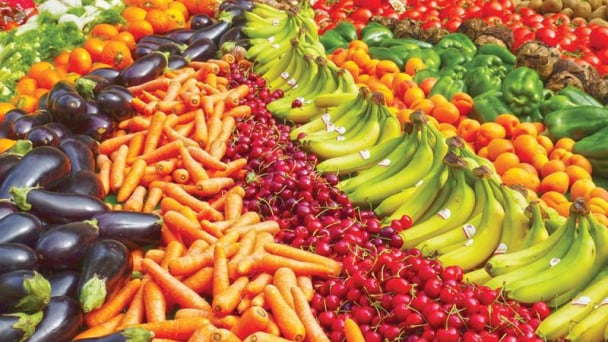
(VAN) On May 15, Ministry of Agriculture and Environment of Vietnam hosted the 'Connecting Vietnam - Germany agricultural, forestry and fishery trade' seminar in Berlin, Germany.
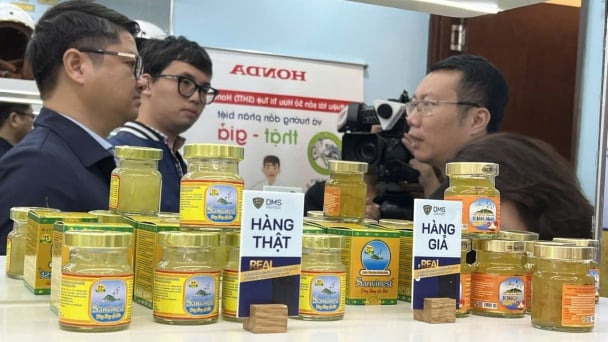
(VAN) In the face of counterfeit and imitation products, Khanh Hoa Salanganes Nest Company hopes for the prompt completion of the legal framework, strict enforcement against violations, and protection of the bird’s nest brand.
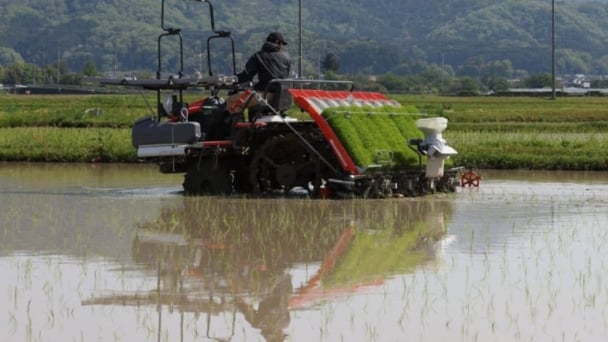
(VAN) Japan's efforts to lower the price of rice through the release of its stockpile may finally be making some progress, albeit at a snail's pace.
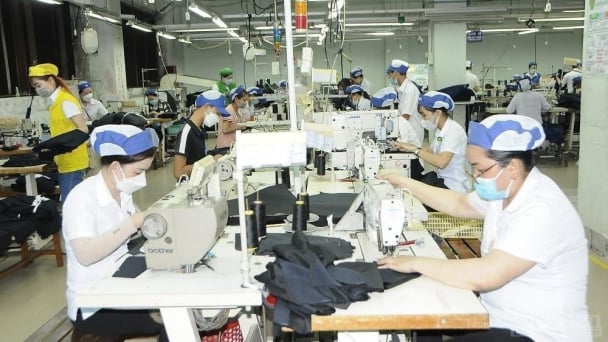
(VAN) U.S. tariffs are not only a 'shock', but also an opportunity for Vietnamese businesses to renew their mindset toward comprehensive development.
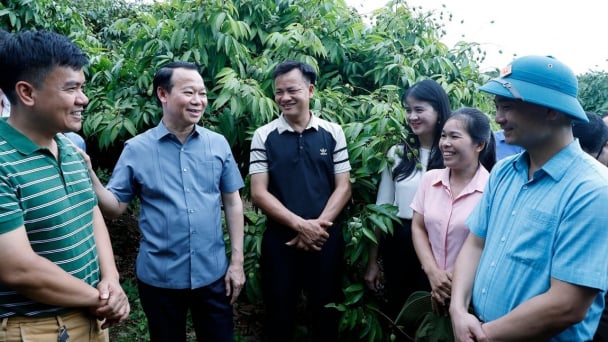
(VAN) As Bac Giang lychee enters the harvest season, Minister Do Duc Duy expects that the fruit will contribute greatly to agricultural exports due to standardized production and deep processing.
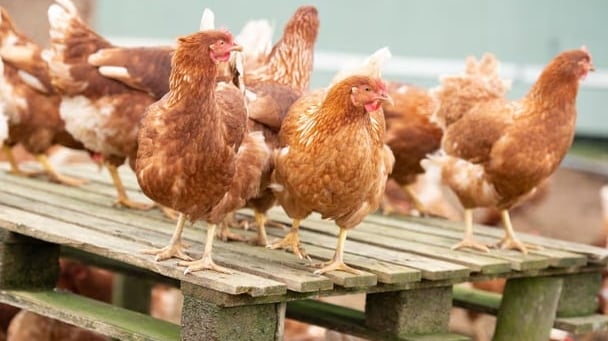
(VAN) Consumers have shown a preference for free-range eggs, but those farming systems are more vulnerable to biosecurity risks like bird flu.
/2025/05/09/5701-1-184335_301.jpg)
(VAN) Vietnam’s eel exports nearly doubled thanks to a mud-free farming model, opening up new prospects while still facing numerous barriers related to international standards.